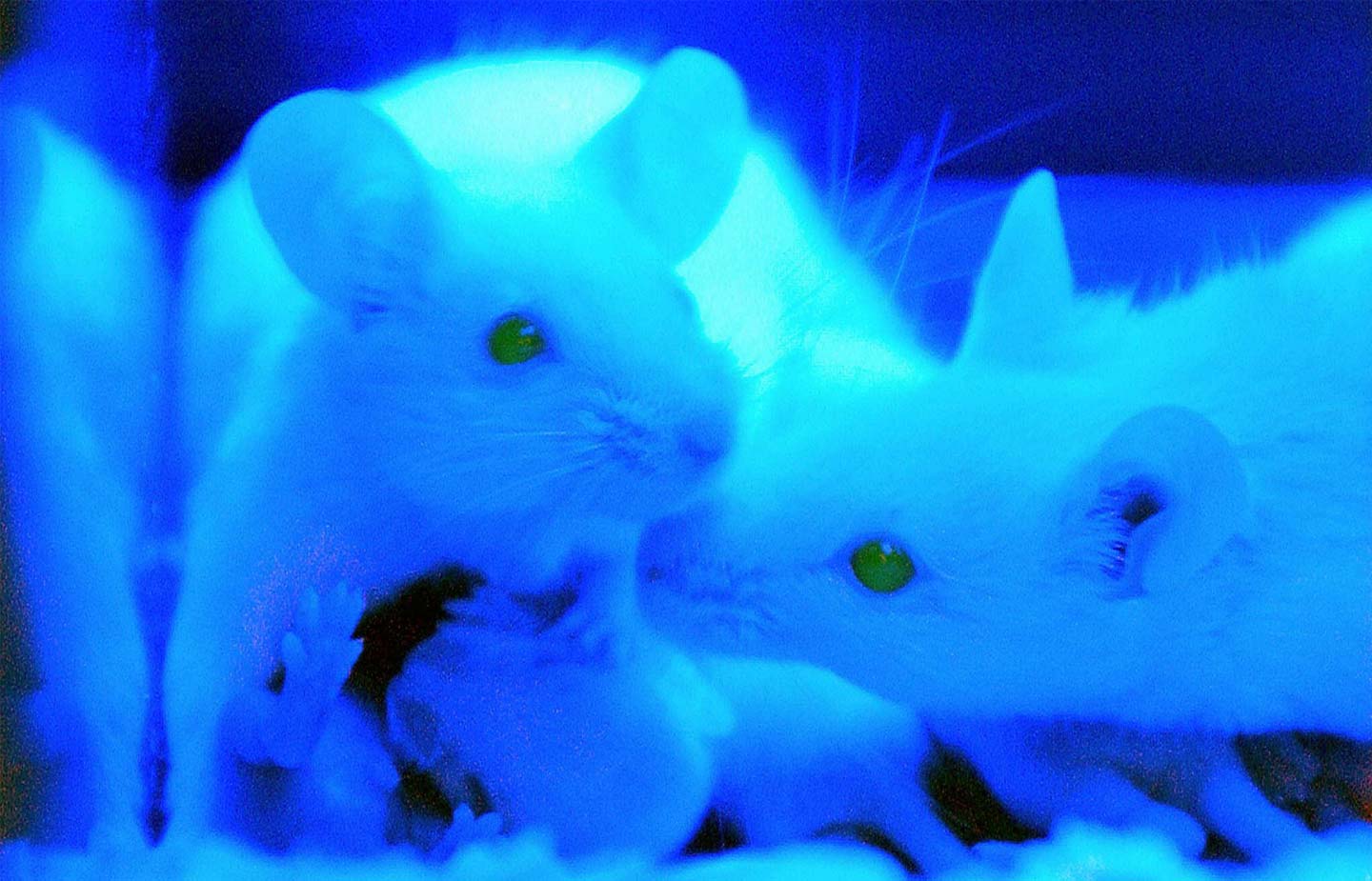Nobel Prize-winner speaks at Commencement
This year's keynote speakers were Columbia University professors Marty Chalfie and Tulle Hazelrigg.
This year’s keynote speakers at Conn’s 101st Commencement were Columbia University professors of biological sciences Marty Chalfie and Tulle Hazelrigg. Chalfie was the co-recipient of the 2008 Nobel Prize in Chemistry for the discovery and development of the green fluorescent protein, GFP. His lab uses the nematode C. elegans to investigate aspects of nerve cell development and function.
Hazelrigg’s lab addresses questions about the propagation and differential of germ cells using Drosophilia. Hazelrigg made her own contribution to GFP research: she was among the first to use GFP in fruit flies and to attach GFP to other proteins. This has allowed scientists to watch where individual proteins go within a cell, one of the most common uses of the protein, and it has changed the way molecular biology is done.
Hazelrigg has told the story that she gave her husband, Chalfie, permission to cite her unpublished research in his seminal science paper “Green Fluorescent Protein as a Marker for Gene Expression” on condition that he made coffee, cooked and emptied the garbage nightly for a month.
According to Marc Zimmer, the Jean C. Tempel ’65 Professor of Chemistry, and chair of the Chemistry Department, GFP discovery has altered scientific research.
“The crystal jellyfish, Aequorea victoria, has about 300 photoorgans that give off pinpricks of green light. Chalfie and Hazelrigg have taken the protein responsible for that green color, green fluorescent protein, and used it to change the way science is conducted by allowing scientists to see when and where proteins are made in living organisms,” Zimmer said.
“Not only has it changed the way large swaths of science are done, it has also generated the most colorful and splendid images imaginable.”
